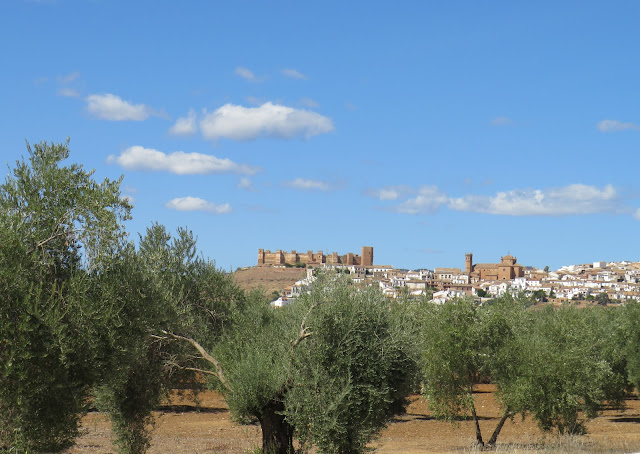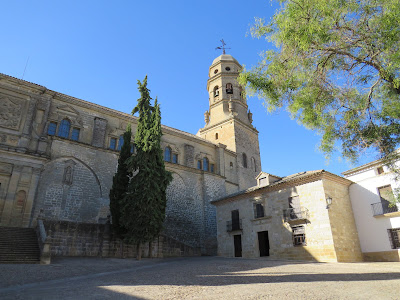Search This Blog
Writings from Jaen, Andalucia. Travel, Food, Wine, Living, Musing, Reviewing, Tapas Tasting, Trip Planning......
Featured Posts
- Get link
- X
- Other Apps
A Weekend Exploring (a tiny part of) Jaén Province - Andújar, Arjona, Baeza, Baños de la Encina and Ubeda
Jaén, probably the least known province in Andalucía, has ninety-seven towns within its border. I visited five one weekend and bring you a snapshot of the culture and incredible history of this inland paradise. Jaén is home to over 66 million olive trees, containing the largest man-made forest on the planet - the Sea of Olives.
It is also home to more castles, fortifications and watchtowers than any other area in Spain, some say in Europe. Let´s take a miniscule peak at the massive history and charm within these towns of Jaén.
Baños de la Encina
 |
| Baños de la Encina |
Baeza
 |
| Baeza Cathedral |
Baeza is twinned with Úbeda a Unesco site for outstanding Renaissance architecture. Baeza is smaller, and to me far more charming, but still with its own impressive Renaissance monuments. Such as the cathedral above with its Gothic cloisters. Stroll around its maze-like streets packed with sandstone mansions and churches.
Where to Stay in Baeza?
Úbeda
 |
| Basílica Menor de Santa María in Plaza Vazquez, Úbeda |
Andújar
Arjona
Finishing in one of the few fairly flat towns around, and the nearest to home - Arjona in the area of the Campiña, this is olive grove country. The town is known as the "Cradle of Kings" as it was the birthplace of Alhamar the first Nasrid king who founded the Alhambra. Arjona takes us from the Islamic period, through Baroque to the thriving, exciting little town to visit of today. Ancient XII century water cistern, Jewish Quarter, far-reaching views and an amazing Neo-Byzantine underground crypt.
- Get link
- X
- Other Apps
Popular Posts
Spanish Coasts - Which Costa is Where in Spain? Map of Spain´s Costas
- Get link
- X
- Other Apps
What´s the Difference Between an Alcazar and an Alcazaba?
- Get link
- X
- Other Apps
.jpg)
.jpg)

